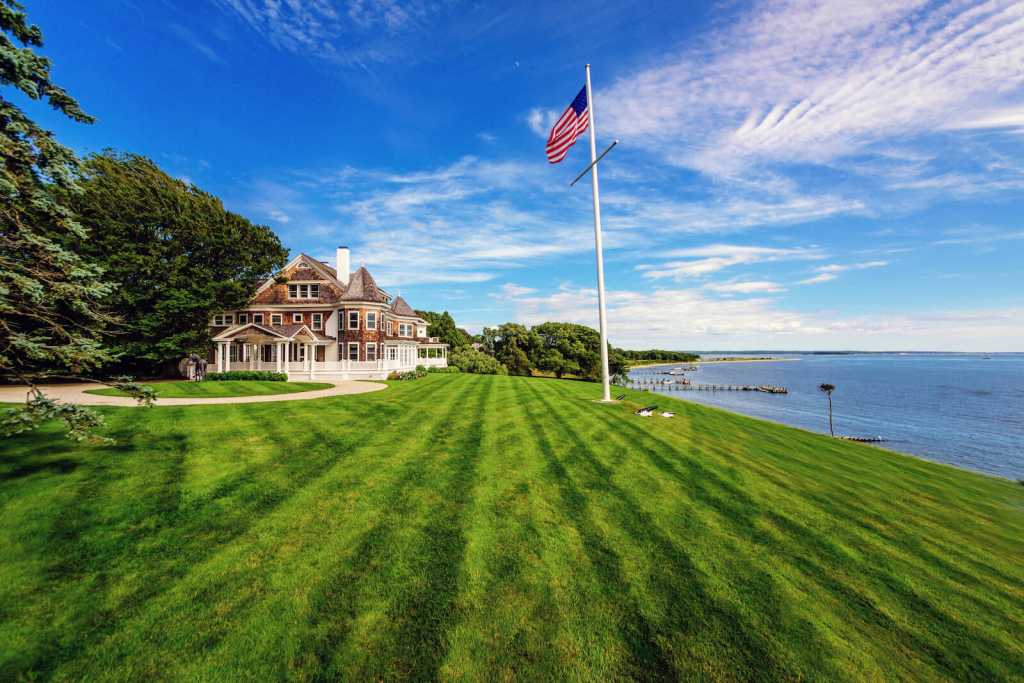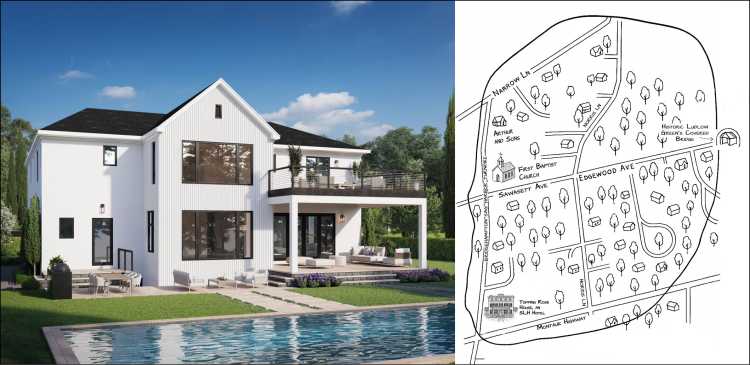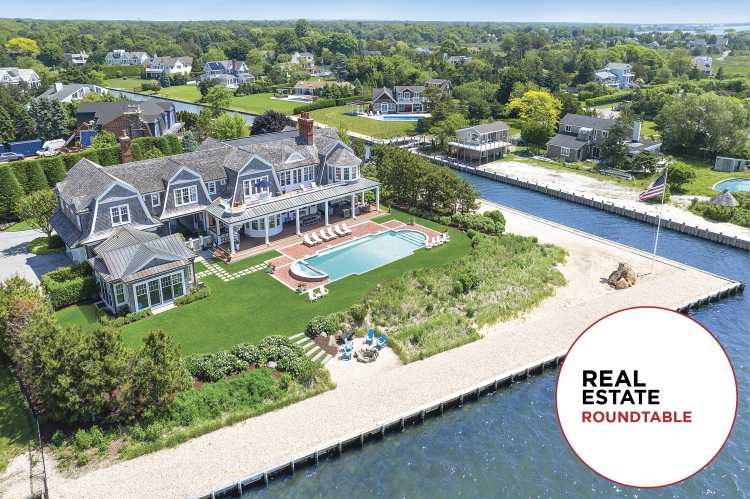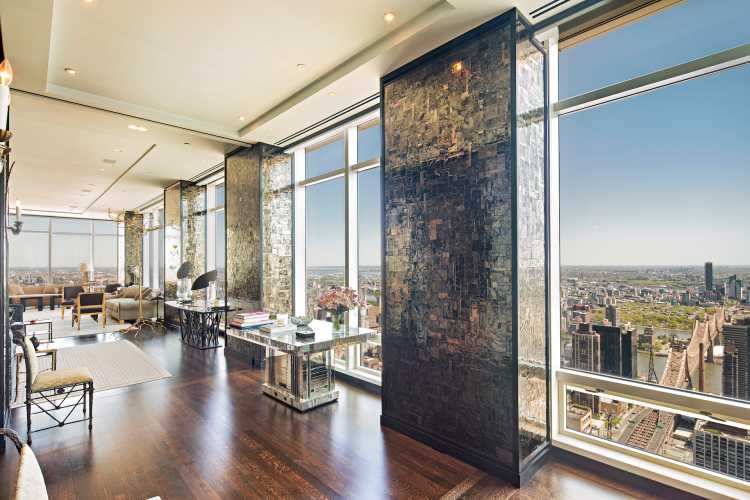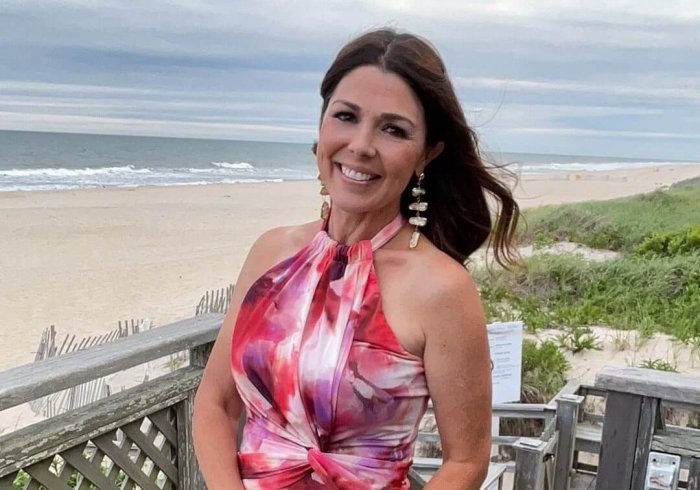The Hamptons is a place filled with unique homes, but even here this Shelter Island property is especially beguiling. On the north shore of the island, gentle breezes off the bay create waves that lap against the boathouse, where beds and chairs invite the visitor to rest for an hour or a lifetime.
An old barn with a tower offers views to kill for, while an American flag snaps against a flagpole made from a racing yacht.
The estate’s origins date back to 1889, when “Alturas,” as it’s known, was built by William Ulmer, a Brooklyn brewer, for his daughter, Mrs. John W. Weber. (Her sister, Mrs. Becker, had a house built for her next door.) The acreage Mr. Ulmer purchased was called “one of the coolest and sightliest parts of the island” in the book The History of Shelter Island, 1652-1932, by Ralph Duvall (published in 1952).
Mr. Ulmer was an interesting businessman: he created a “pleasure park” in Brooklyn, just a few stops short of Coney Island — near today’s Bensonhurst. The liquor license described Ulmer Park as a “picnic ground, or open air pleasure resort, of about two acres.” Scattered throughout, of course, were stands for Ulmer’s beer. Today, the name Ulmer Park remains as a branch of the Brooklyn Public Library and a bus depot.
Partners in brewing with Mr. Ulmer were his sons-in-law, Weber and Becker. In 1901 the Becker house was relocated and the Weber house rebuilt and moved closer to the shoreline. Over the years, the family added many nooks, wings and passages to the original structure.
One thing that was added was the flagpole, made from the mast of a vessel used by Sir Thomas Lipton to race for the America’s Cup. Yes, Lipton of the tea company. Thomas Lipton (1848-1931) was born in Glasgow, Scotland, but spent several years in the United States learning American business ways. Then he returned to Scotland to found his business empire, based on Lipton teas and a chain of grocery stores. He was crazy about yacht racing, being the most persistent challenger in the history of the America’s Cup. Very rich, Lipton was known as “‘the world’s most eligible bachelor.” But he never married, saying that no woman ever could compare to his mother. (You can see where this is going.) In secret, Lipton had a 30-year relationship with a male shop assistant.
Added later, too, was the wide porch curving around the house, an inviting space for whiling away a hot summer afternoon, especially in the days before air conditioning. A nephew of the original owners recalled sitting on the porch with his aunt and watching schools of porpoise dance through the bay.
The house, which is 7000 square feet, has been updated thoughtfully and sensitively. It abounds with lovable nooks and crannies and built in window seats, including a round dining cabana. One notable feature is the current dining room, a copy of the classic German Weinstube or little wine bar, with carved wooden walls. A German artisan friend of the Webers created the hand-carved and burnt oak paneling. The room was originally a games room.
The grounds feature extensive fascinating outbuildings, including the barn with a windmill-like tower. The barn has been converted into a guest house with living and dining areas. There’s 4.8 acres of land, much less than the original 54 acres for both this property and the Becker house. An old white gazebo is by the gunite pool; it was formerly used for relaxing by the old tennis court, now replaced with a modern court. There’s also a basketball court.
The romantic boathouse is possibly the most beguiling part of the estate, next to the 80-foot dock. It’s one of the newer additions to the place, replacing one destroyed by a hurricane in 1941. When the current owners bought the property, the lady of the house stripped the old tongue-and-groove beadboard walls back to the studs, painted the walls an incredible shade of blue, and furnished the building with shabby chic vintage furniture, adding shelves for souvenirs.
The house stayed in the Weber family for nearly a hundred years, until it was purchased in 1981 by the Tarlow family. Ad legend Dick Tarlow chanced to sail by the property and was struck by its beauty. A few months later, the house came on the market and he and his wife, Sandy Carlson Tarlow, who ran advertising for Ralph Lauren, purchased it. Today, it’s often visited by son Jordan Tarlow, a musician, and wife Martha Quinn (original MTV veejay), who live most of the time in Malibu, and their children.
For Alturas, the days of Mr. Weber and guests arriving by steamer for the weekend may be over, but the estate still weaves a web of enchantment more than a century later.

